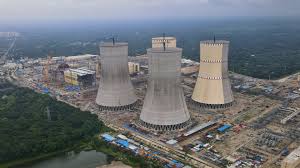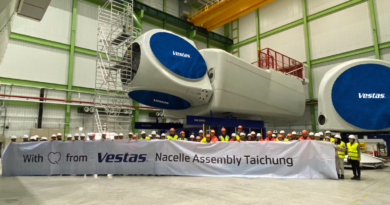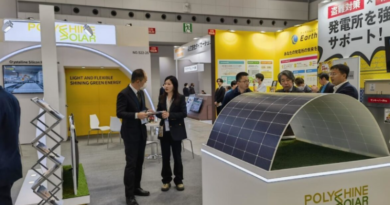Inside the world’s first nuclear reactor that could produce ‘unlimited energy’
Scientists are teaming up to build ITER, the world’s biggest science experiment, to use nuclear fusion for cleaner energy.
In Provence, France, scientists are working together on an enormous project called ITER to launch the world’s largest science experiment. Laban Coblentz, the project’s spokesperson, said they’re creating a super-complex machine to test how feasible it would be to generate power using nuclear fusion on a large scale.
Speaking to Euronews, she said, “We are building arguably the most complex machine ever designed.”
The goal is to show that we can use nuclear fusion, the same process that powers the sun, to create energy.
The main part of this project is a huge magnetic chamber in southern France. Over 30 countries, including the US, EU, Russia, China, India, and South Korea, are teaming up for this.
Coblentz compared ITER to a “national laboratory” involving 35 countries working together. They’re focusing on magnetic confinement fusion, a method using a large chamber and a tiny amount of fuel to create fusion reactions, releasing a lot of energy.
Richard Pitts, a project leader, explains that this research has been going on for 70 years, starting with small devices and growing to this massive one.
Unlike regular nuclear reactors, ITER’s fusion plant aims to be safer, using a small amount of fuel and producing minimal radioactive waste. However, building such a unique machine comes with challenges, causing delays and a higher budget than expected.
While traditional nuclear power uses fission, which involves splitting uranium atoms, which releases energy and creates nuclear waste, fusion involves combining hydrogen atoms, which also produces energy, without the dangerous waste products.
However, fusion has yet to be used as it requires very high temperatures to work, as in the Sun.
Coblentz admitted that fusion might not arrive in time to help with climate change immediately, but he stressed the importance of getting it as fast as possible.
He added, “The longer that we wait for fusion to arrive, the more we need it. So the smart money is: get it here as fast as possible.”
Despite the difficulties, ITER stands out as an example of many countries working together towards a shared dream of using nuclear fusion for energy.
Source : express.co.uk




